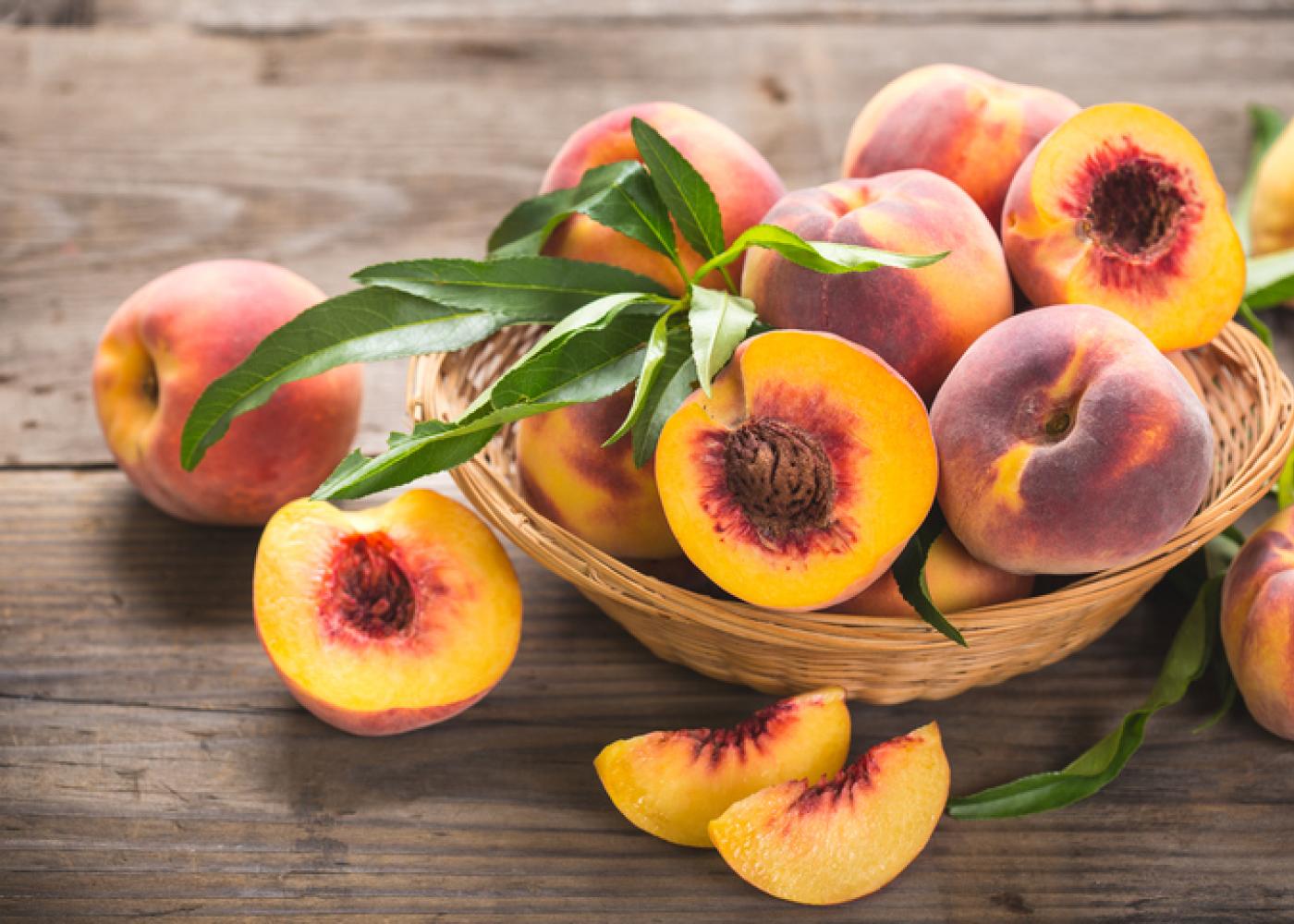There is no substitute for a coach and training experience. Given below is an extract on recovery nutrition from the school I studied in, in Australia. Some athletes finish sessions with a good appetite, so most foods are appealing to eat. On the other hand, a fatigued athlete may only feel like eating something that is compact and easy to chew. When snacks need to be kept or eaten at the training venue itself, foods and drinks that require minimal storage and preparation are useful. At other times, valuable features of recovery foods include being portable and able to travel interstate or overseas. Situations and challenges in sport, change from day to day, and from athlete to athlete. Thus, recovery snacks need to be carefully chosen to meet these needs.
Table 1 – Carbohydrate-rich recovery snacks (50g CHO portions) CHO means carbohydrates.
• 700-800ml sports drink., here we can substitute two-3 Elaichi bananas and 50 to 100 gms jaggery blended with enough water to make a drink.VERY CHEAP 🙂
• 2 sports gels
• 500ml fruit juice or soft drink
• 300ml carbohydrate loader drink
• 2 slices toast/bread with jam or honey or banana topping
• 2 cereal bars
• 1 cup thick vegetable soup + large bread roll
• 115g (1 large or 2 small) cake style muffins, fruit buns or scones
• 300g (large) baked potato with salsa filling
• 100g pancakes (2 stack) + 30g syrup
Table 2 – Nutritious carbohydrate-protein recovery snacks (contain 50g CHO + valuable source of protein and micronutrients)
• 250-300ml liquid meal supplement
• 300g creamed rice* the Indian version is RICE KHEER or rice,milk and sugar easily available!
• 250-300ml milk shake or fruit smoothie
• 600ml low fat flavoured milk *enrich cows milk with SKIMMED MILK POWDER carbs and hi-protein drink
• 1-2 sports bars (check labels for carbohydrate and protein content)
• 1 large bowl (2 cups) breakfast cereal with milk
• 1 large or 2 small cereal bars + 200g carton fruit-flavoured yoghurt
• 220g baked beans on 2 slices of toast* USALPAV MINUS THE curry.
• 1 bread roll with cheese/meat filling + large banana
• 300g (bowl) fruit salad with 200g fruit-flavoured yoghurt
• 2 crumpets with thick spread peanut butter + 250ml glass of milk
• 300g (large) baked potato + cottage cheese filling + glass of milk
Table 3 – Foods providing approximately 10g of protein.
Animal foods
• 40g of cooked lean beef/pork/lamb
• 40g skinless cooked chicken
• 50g of canned tuna/salmon or cooked fish
• 300 ml of milk/glass of Milo
• 200g tub of yoghurt
• 300ml flavoured milk
• 1.5 slices (30g) of cheese
• 2 eggs
Plant based foods
• 120g of tofu
• 4 slices of bread
• 200g of baked beans
• 60g of nuts
• 2 cups of pasta/3 cups of rice
• .75 cup cooked lentils/kidney beans
© Australian Sports Commission
Winding up, if you are unfortunate to not have a coach, during an event or during a long training session, eat before you are hungry and drink before you are thirsty.
Wherever I have introduced an Indian version , this is for you to learn to adjust to our resources.
Idlis are a pre-digested protein source with vegetable origin.
Our cuisine existed when the English were running around naked on the moors.
During training keep your diet complex carbohydrates centric.
During events keep it simple carbohydrates.
Whatever you do don’t loose your heart. PUT YOUR HEART INTO IT!
Unfortunately this is not a platform to discuss recovery and related nutrition in depth. For that one needs a coach. I hope I have aroused your curiosity enough to go farther and train scientifically.
I gave you Audax Club Parisienn now give you Curiosity.
P.S- Don’t forget to read our previous two article on recovery. It will help you to understand recovery better.
Courtesy: Satish Patki
Editor: Tracy Alvares



![12 Healthy Protein Food Sources for Athletes [New 2019]](https://velocrushindia.com/wp-content/uploads/https://res.cloudinary.com/dpwrza7sq/image/upload/v1547302148/bicycles-25-2_ktixjb.png)


